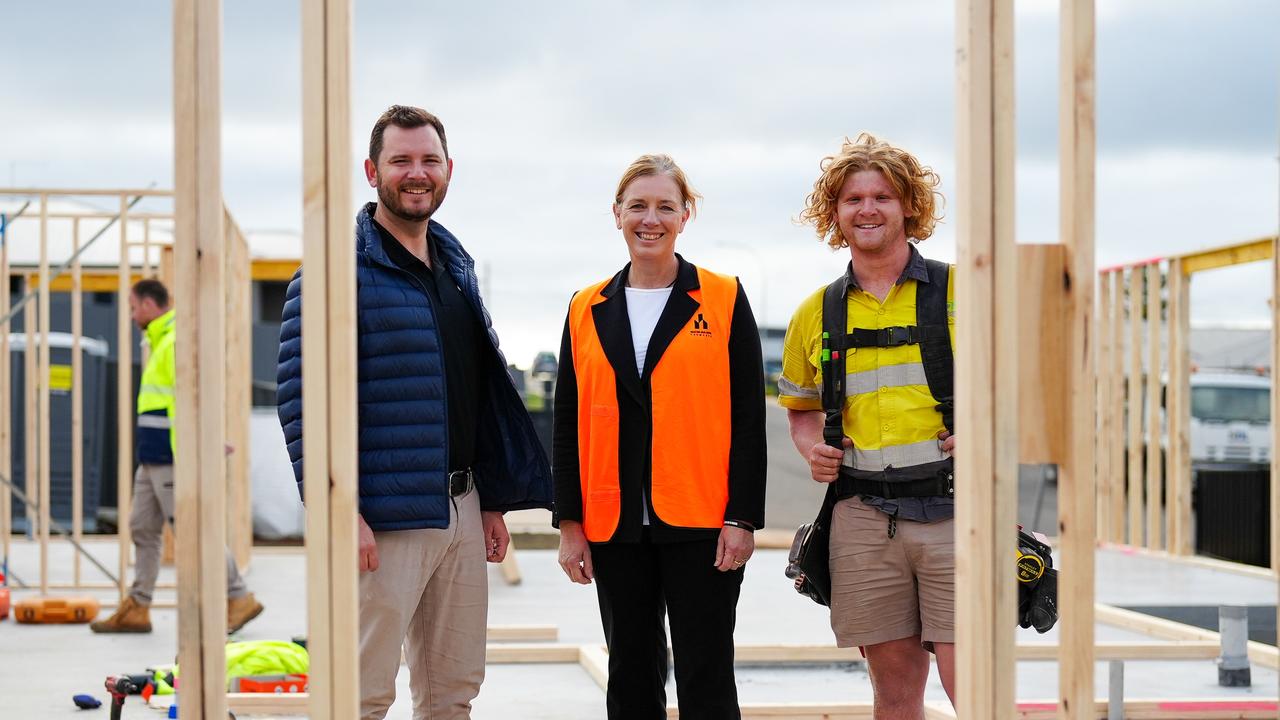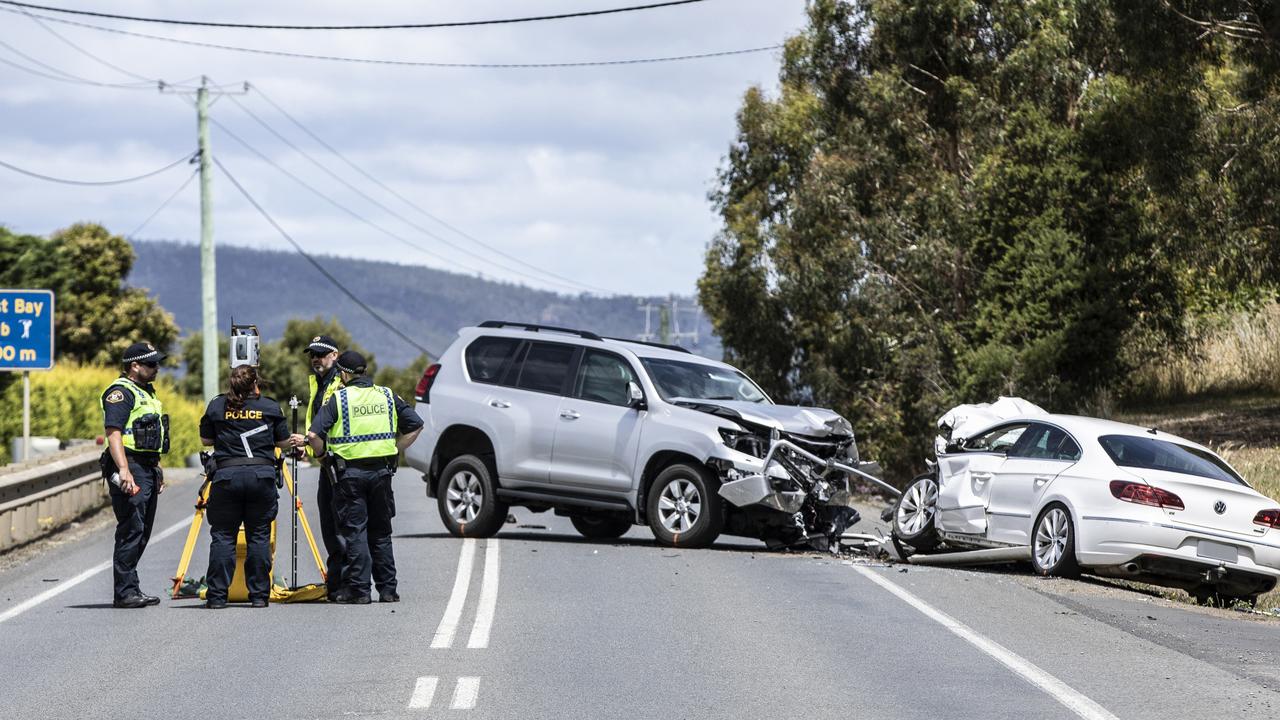Future Tasmania: Why now best time to invest in sustainable transport solutions
Tasmania’s four major cities could be among the world’s most liveable if the state invests in accessible and sustainable transport, where affordable housing is on the doorstep of electric ferries and buses. WHAT’S POSSIBLE >
Future Tasmania
Don't miss out on the headlines from Future Tasmania. Followed categories will be added to My News.
TASMANIA’S four major cities could be counted among the world’s most liveable if the state invests heavily in accessible and sustainable transport, slashing greenhouse gas emissions in the process.
That’s according to Jason Byrne, a professor of urban geography and planning at the University of Tasmania, who has outlined a bold vision for the future of transport on the island.
Transport accounts for 20.9 per cent of total carbon emissions in Tasmania and more than 30 per cent in Hobart.
Professor Byrne said Launceston and Hobart had the worst and fourth-worst public transport access of any large Australian cities.
Tasmania’s ideal future public transport mix, in Professor Byrne’s view, would feature a battery-electric or hydrogen-powered ferry network in Hobart, as well as a vehicle fleet consisting predominantly of battery-electric and fuel cell EVs, and up to 50 per cent of trips being made in shared vehicles, including public transport and peer-to-peer ride-share services like Uber.
>> LAST CHANCE: Secure your ticket to Future Tasmania luncheon here
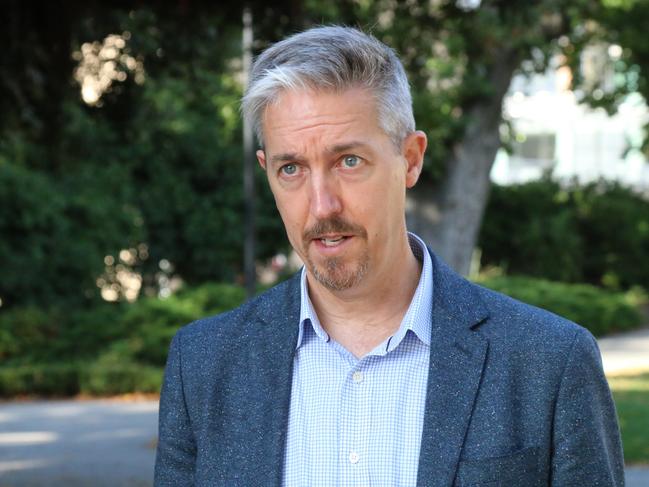
He also believes that up to 30 per cent of trips should eventually be made via walking and cycling in order to reduce emissions and improve people’s wellbeing.
“Tasmania’s cities could easily rank among the world’s most liveable if we invest in sustainable transport solutions, coupled with affordable housing,” Professor Byrne said.
“If we put medium density housing at the ferry terminals, we could substantially reduce car-dependence and improve people’s quality of life. And integrating the ferries with transit-on-demand and electric bus services would greatly improve coverage.
“With our rapidly ageing population, electric bikes and scooters are a logical choice for getting up and down steep hillsides. Planning policies such as the 20-minute city could make that feasible, where healthcare, education, fresh food, job opportunities, childcare and other essential services are all within a 20 minute bus or cycle trip of where you live.”
Professor Byrne said the state’s public transport systems were not currently “achieving our aspirations”.
“Our cities had the first electric trams in the southern hemisphere,” he said. “But many Tasmanians now see public transit as the mode of last resort. This stems from a failure to properly invest in public transport.”
Incat chairman, Robert Clifford, said it “won’t be too long” before there is a “real ferry service” on the Derwent River.
“[It would serve] ports from Bridgewater to Blackmans Bay and some or all [of the ferries] will be electric,” he said. “As battery technologies improve, I envisage that within 10 years, there is likely to be electric ships on Bass Strait.”
Incat is making the construction of fully electric, zero-emission ferries a priority, and will potentially triple the workforce at its Prince of Wales Bay site to accommodate demand for the vessels.
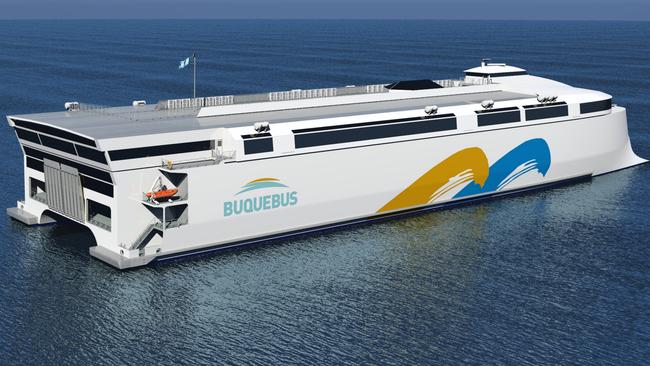
A “future-ready” Tasmanian transport system needed to have “equity, inclusion and low emissions” at its core, said Tasmanian Council of Social Service’s acting CEO, Dr Charlie Burton.
“Equity means ensuring everyone who needs access to public transport can afford it,” he said. “TasCOSS is calling for free public transport for students, concession cardholders and people on low incomes”.
Dr Burton said that to make public transport more inclusive, all-weather accessible bus stops were needed, as well as an integrated transport payment system for the whole state with a variety of different payment methods.
He believes on-demand options and community transport offering door-to-door services to and from trunk routes will be necessary in the future. “Expanding the existing public transport network throughout Tasmania would ... help to address transport disadvantage,” he said.
A Hobart City Council spokeswoman said the council was updating its integrated transport strategy, which would aim to cut carbon emissions and encourage a shift to cleaner and more sustainable transport options.
She said the council was working with the local community to support the transition to zero and low carbon transport options that were safe and inclusive, including walking and cycling, access to an expanded Derwent Ferry network and more reliable bus services, electric vehicles and micro-mobility options such as e-scooters.
The council has transitioned half its vehicle fleet to either hybrids or EVs and is expected to be 100 per cent electric by 2027.
A State Growth Department spokesman said it was “not well understood” that there were “real and substantial overall cost savings” arising from switching from internal combustion engine vehicles to electric vehicles.
The Tasmanian government has completed a hydrogen industry activation study, which identified buses – particularly the Metro Tasmania fleet – as a “potential first user” of hydrogen.
“We have committed to working with Metro Tasmania to trial zero emissions buses (both electric and hydrogen) in the next 12-18 months,” the spokesman said.
$10m boost to help power electric dream
STARTED by three environmental scientists, Hobart’s Good Car Company has had an astounding rise in the space of just four years, growing into the nation’s leading importer of electric vehicles.
In 2019, Anthony Broese van Groenou, Sam Whitehead and Anton Vikstrom founded the business, which was born out of a desire to drastically reduce carbon emissions in Tasmania’s transport sector.
Mr Broese van Groenou said the trio had observed that while electric vehicles were cheaper to run and maintain than internal combustion engine vehicles, they were in short supply and remained expensive to buy.
They started importing second-hand EVs from Japan and the UK, reducing the upfront purchase price and increasing supply in Australia.
“We … (have) a passion for sustainability and social equity,” Mr Broese van Groenou said. “We saw that there was an opportunity to address both in a business model that has potential to transform the auto industry and the energy landscape.
“We saw there was money to be made and that we could use that money to support community initiatives and create more positive change.”
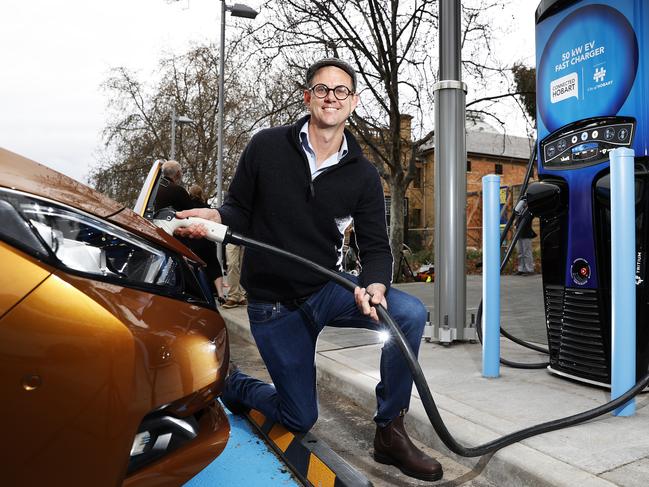
The Good Car Company last year received $10m from venture capital fund Boundless Earth, which was established by billionaire Atlassian chief executive Mike Cannon-Brookes.
The funding will enable the business to increase the volume of EVs it imports tenfold, from about 200 per year to 2000 per year.
“(We) plan to scale that significantly in the years to come,” Mr Broese van Groenou said.
“We are building our offerings to include innovative financing models to make the cost of going electric cheaper than driving conventional internal combustion engine vehicles and creating the marketplace to make home electrification simple.
“We’re also working on battery manufacturing right here in Tasmania so we can ensure the vehicles have both longevity and improved functions to provide backup power for the home and the electricity grid.”



